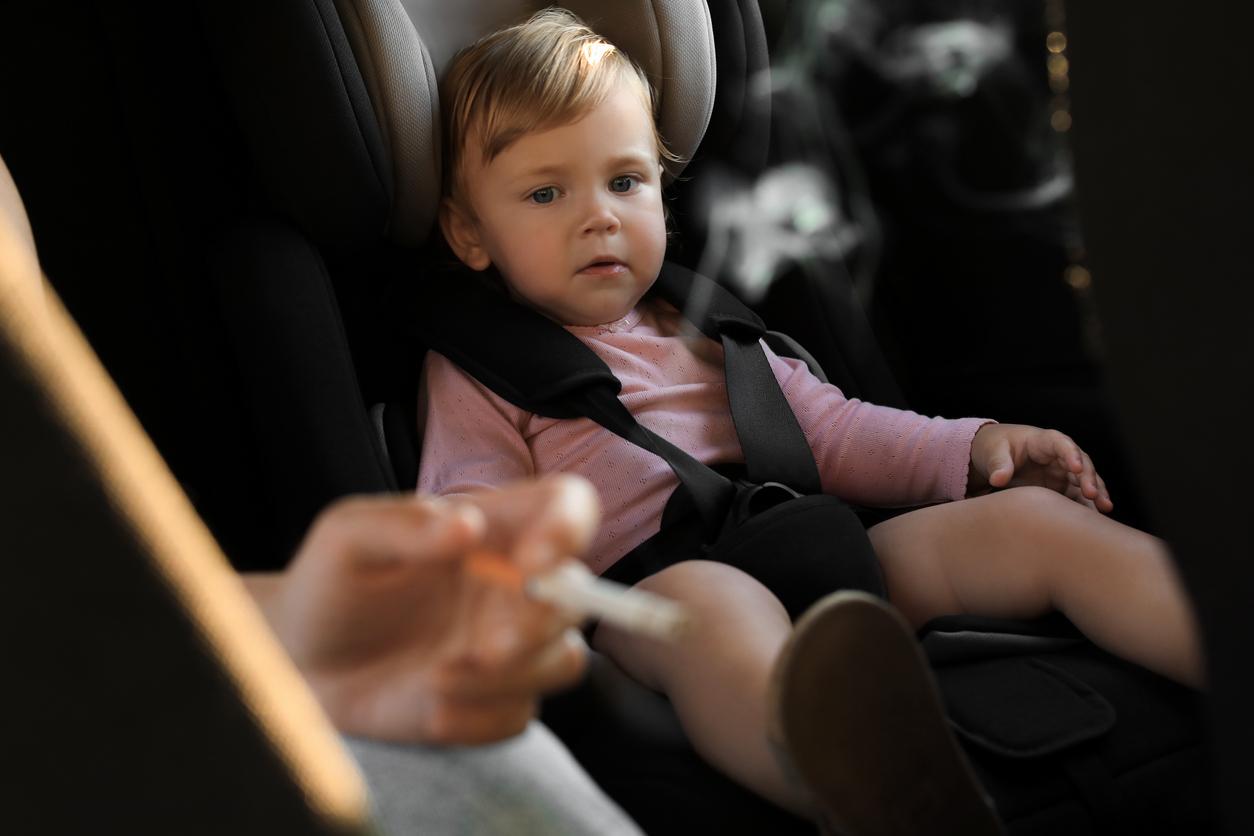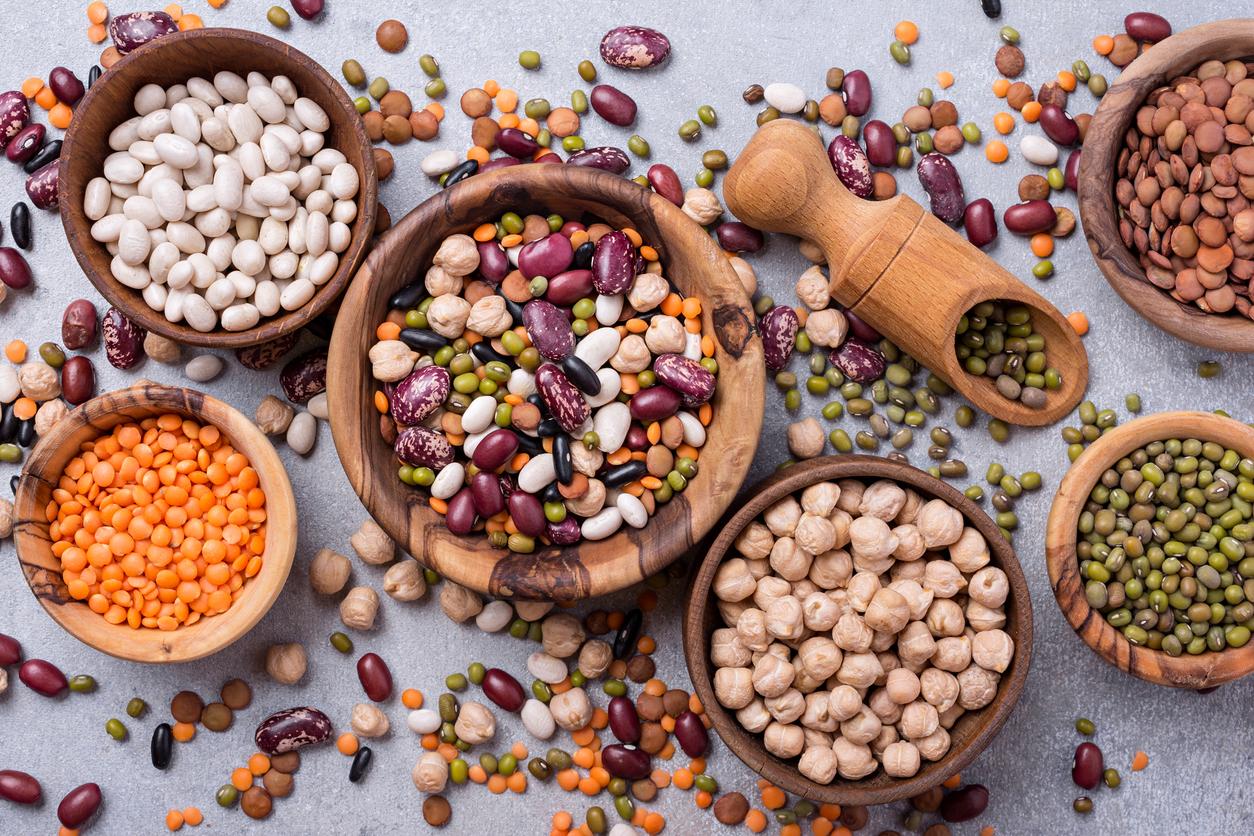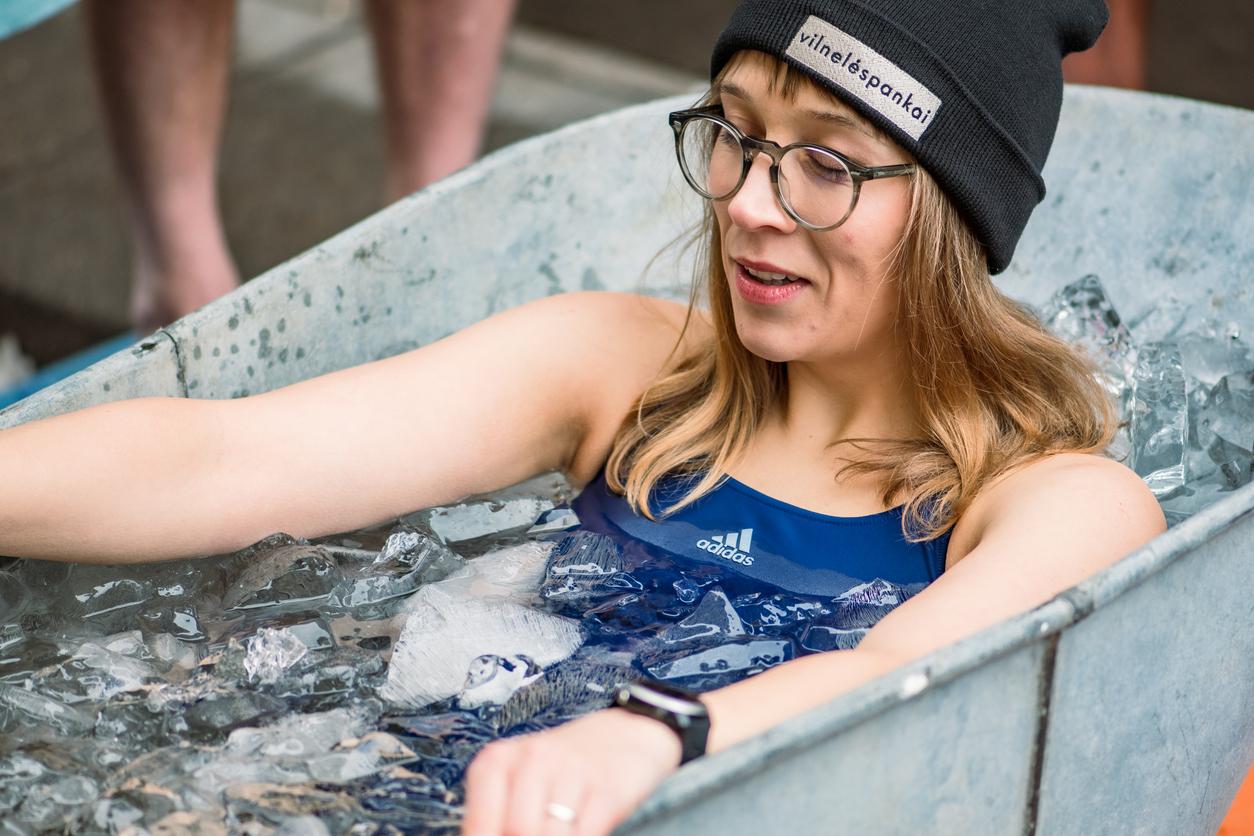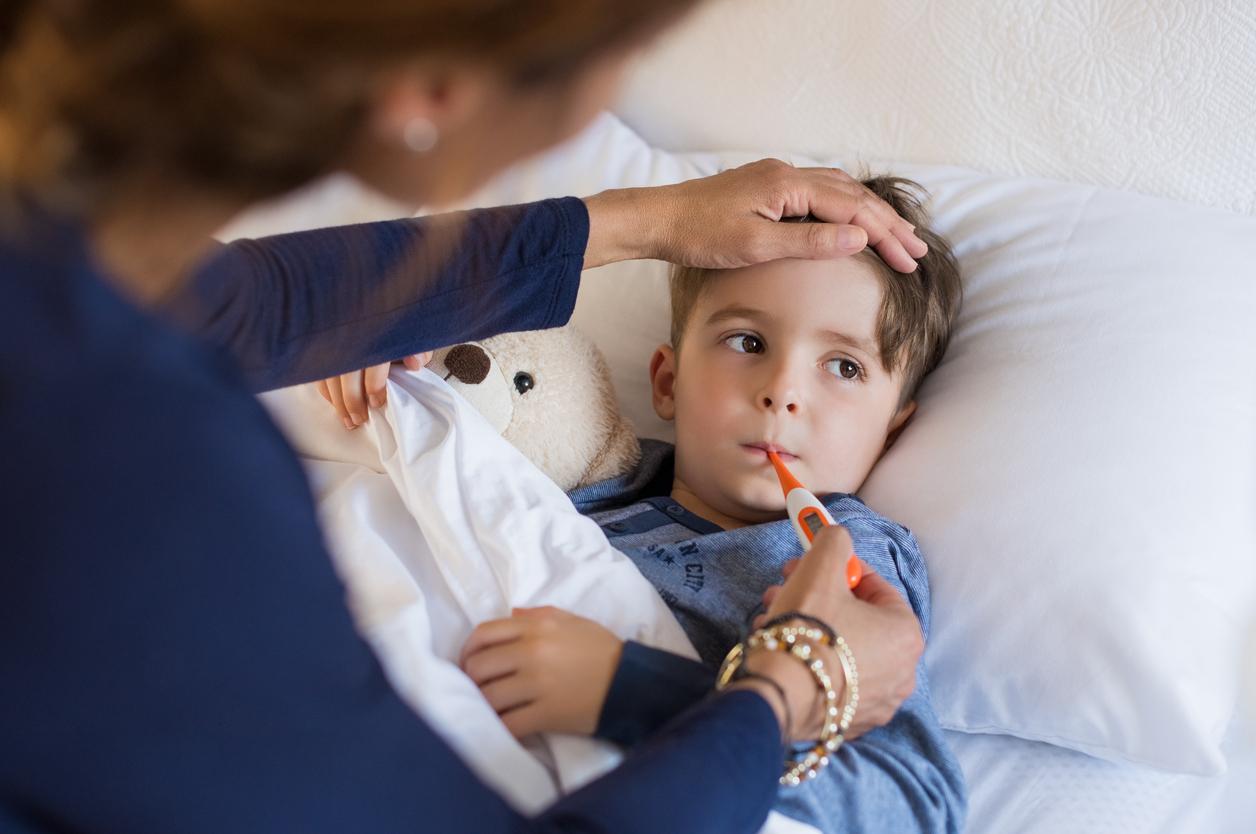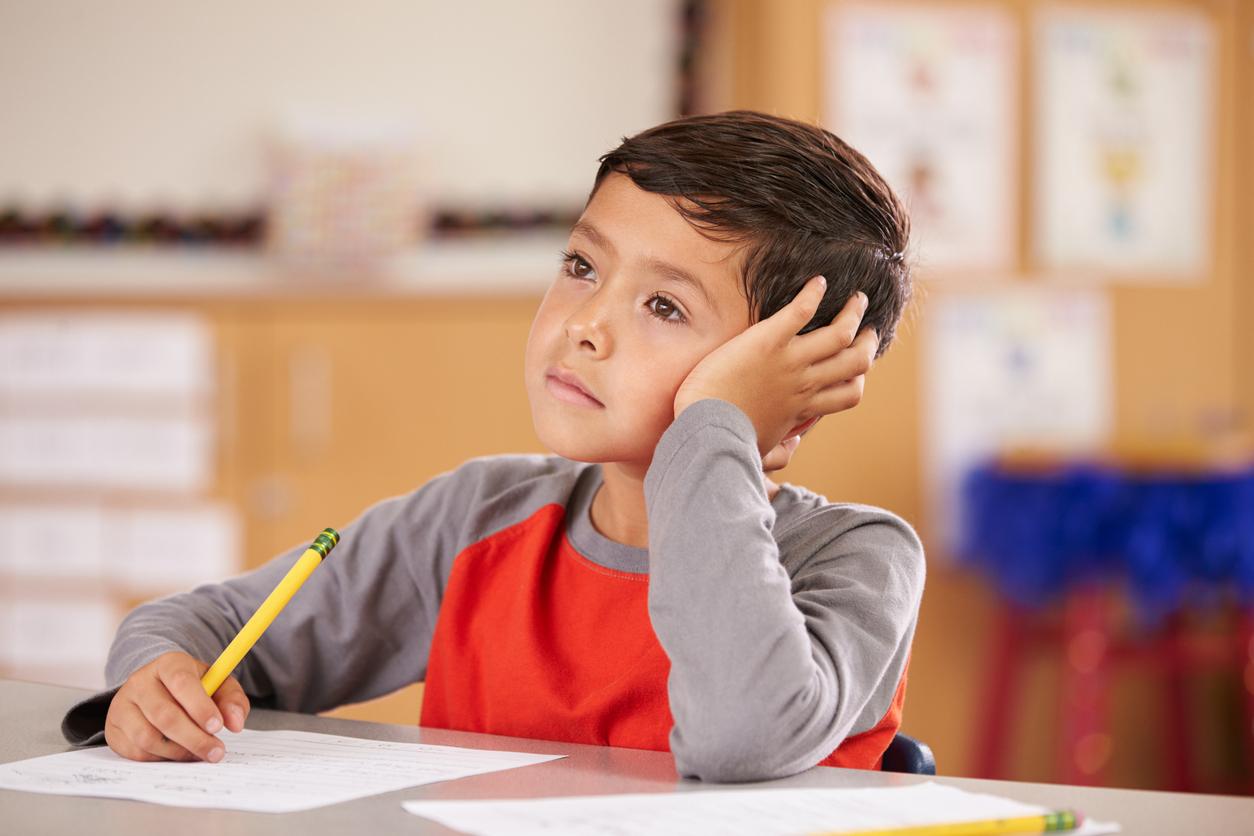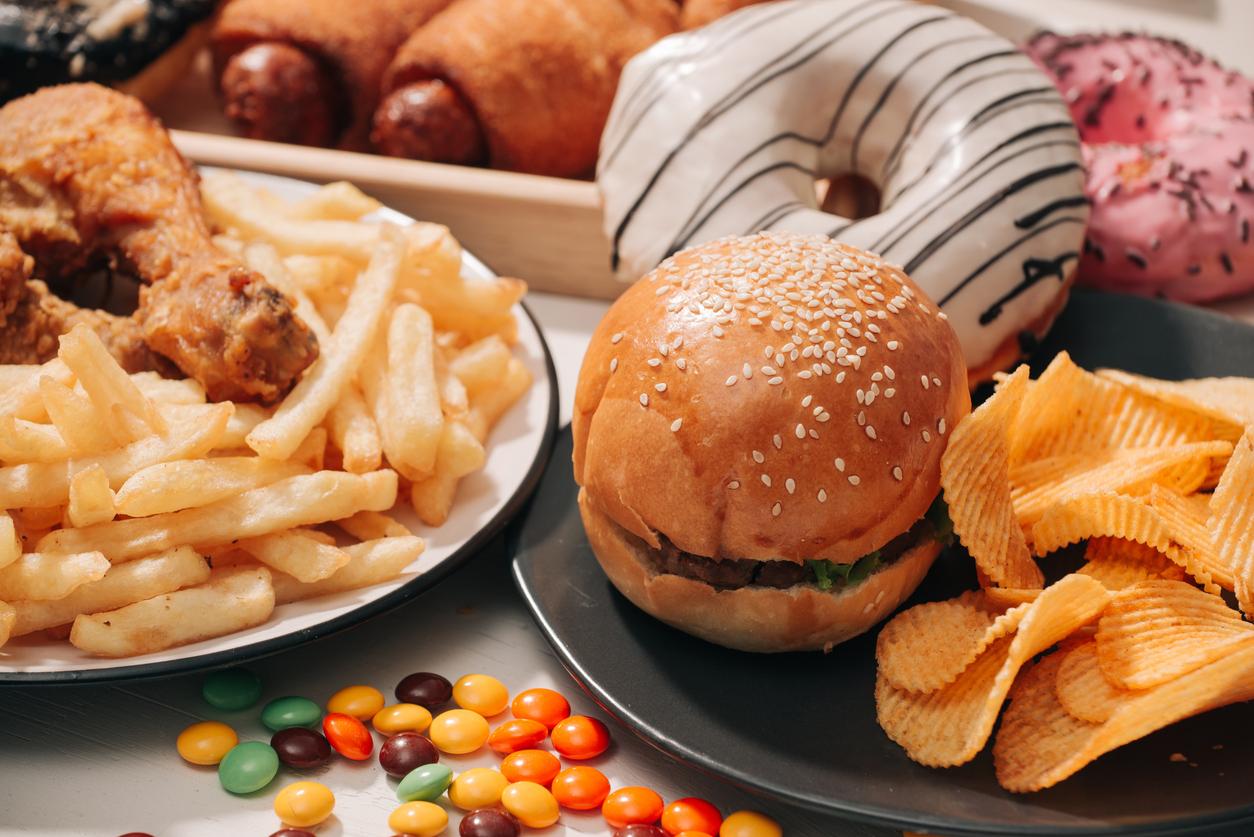April 15, 2005 – With the growing use of natural health products (NHPs) among children and adolescents, the Canadian Pediatric Society calls for both caution and openness, in a document that ‘she just posted. Some of the most commonly used NHPs include multivitamins, echinacea, garlic, and probiotics.
DD Sunita Vohra, pediatrician, is the lead author of the document published by the Canadian Pediatric Society: Children and natural health products1. She warns doctors against the false sense of security that the word “natural” can evoke. Recognizing the therapeutic potential of NHPs, we must also recognize that they can cause unwanted effects and interact with over-the-counter or prescription drugs.
The Canadian Pediatric Society’s document also highlights the lack of communication between parents and physicians. Doctors are invited to learn more about NHPs and to let go of their prejudices. In doing so, we want them to be able to help parents in their choice, and to better monitor their patients.
Finally, the document recalls that there is little scientific evidence for the efficacy and safety of NHPs in children and adolescents, which, the author stresses, is also true of conventional medicine in the field. of pediatrics. A research network, called PedCAM2, was also recently created to encourage research on alternative medicine in pediatrics.
Asked about it, Dr Serge Thérien, pediatrician for 30 years, affirms that “drugs are much more dangerous than natural health products”. An opinion shared by Céline Arsenault, a nurse who has been practicing naturopathy since 1992 and who is particularly interested in children’s health. According to her, there is an escalation on the risks associated with the use of NHPs. “Side effects are possible, but if you stick to the dosage, you don’t usually see any problems. Otherwise, the child’s therapist must be notified. When treatment is stopped, the effect usually goes away. »If in doubt about an interaction between a drug and an NHP, parents can also seek advice from their pharmacist, as suggested by Dr Therien.
Overall this review is welcomed as good news for Dr Serge Thérien and Céline Arsenault, who finally feel a recognition of the use of NHPs in the pediatric population, and who insist on the need for a more open dialogue between parents and doctors.
Although the use of NHPs is less common in children than in adults, their use is on the rise. Over 50% of young children and over 30% of teens have used it, according to a study in the United States.3. This rate approaches 70% in some cases, especially in the presence of asthma, allergies, cystic fibrosis or cancer.
Marie-Michèle Mantha – PasseportSanté.net
1. Vohra S and Clifford T for the Canadian Pediatric Society. Children and Natural Health Products: What the Clinician Should Know. Pediatric’s and Child Health, 2005; 10 (4): 236-241.
2. Canadian Pediatric Complementary and Alternative Medicine Network or PedCAM: www.pedcam.ca
3. Gardiner P. Dietary supplement use in children: concerns of efficacy and safety. Am Fam Physician. 2005 Mar 15; 71 (6): 1068, 1071. Abstract not available.










